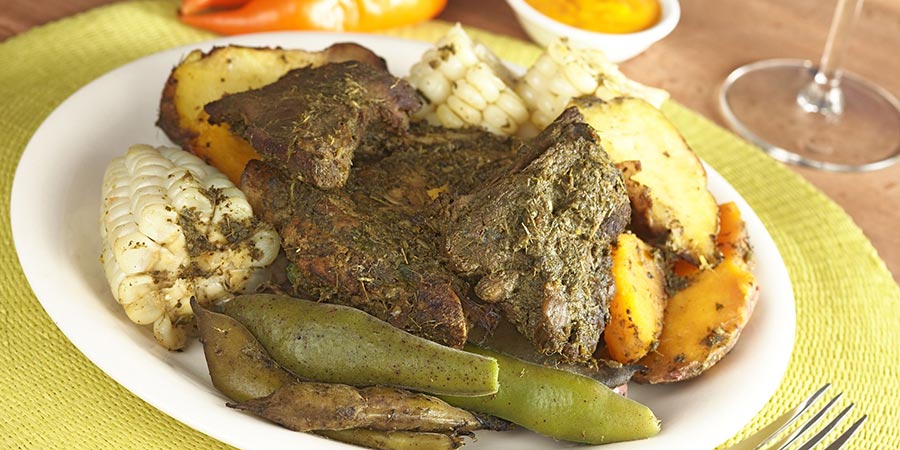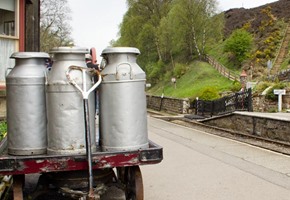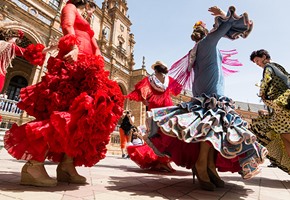As vibrant and full of flavour as the countries they originate from, South American cuisine is often a wonderful representative for the continent's lust for life as well as fairly ecological, utilising local crops and ingredients that have been harvested in this part of the world for generations. Savour the taste of ancient civilisations in Peru or experience tender steaks in Argentina; when your taste buds are calling out for a zing of excitement, this is the place to go!
Most of us like to do a bit of research before we travel, know the things we particularly do (or don't) want to do, see and eat. Spontaneity can bring some great unexpected discoveries, but a little planning can go a long way, ensuring you don't waste precious time deciding what to sample. No one would be able to try each and every delicacy in one visit (unless you're super rich or backpacking for months), so we've highlighted what we think are some of the region's highlights - must tries if you're in one of these areas.
Peru - Forget revenge, ceviche is the real dish that's best served cold. Found on many menus across the globe these days, there's no better place for a taste than the country that has proudly named it its official dish. In its traditional form, cerviche is a fruity, spicy, raw seafood salad with thin strips of white fish marinated in citrus juice which mimics the cooking process, giving it a buttery like texture. Similar to the simpler Japanese delicacy sashimi, it's full of flavour, light and readily available in many coastal towns as well as high in the Andes, where river trout makes an excellent substitute. And what could be a better accompaniment to your fishy dish than a Pisco sour, an authentic cocktail made from Pisco (a locally produced brandy), egg whites, Angostura bitters, lime juice, sugar syrup, and ice?
Brazil - Such a large country has many different variants of food, but one dish that's enjoyed the length and breadth is Feijoada. This hearty one-pot stew is easy to make and uses readily available ingredients, and of course is full of meat - something that's harder to avoid in Brazil than other countries. Eaten all year round, it often appears at family get togethers and is basically Brazil's version of a Sunday roast. Jam-packed full of smoked pork products, from chorizo to ribs, and enriched with pig ears and trotters, it's a thick, juicy meal often served with rice as a side dish. The best drink to go with it? It has to be a caipirinha, a potent concoction made from sugarcane juice know as cachaça (pronounced ka-sh-asa).
Argentina - You can't talk about Argentinian cuisine without discussing steak, steak and more steak. Bovine farming is big business in Argentina, a country where cowboys still roam the land and where the average Argentinian manages to consume an impressive 70kg of beef a year. Again, it's often a family affair and at the end of the week you'll find many generations of the same family in the garden gathered round their barbecue, or asado, cooking delicate and delectable churrasco. They take their steaks seriously, perfecting the art of grilling the perfect cut - and they use most of them. Seasoning only with salt, they let the produce do the talking as everyone sits down to a juicy, medium cooked sirloins, t-bones, ribeyes or flanks. This is also a destination known for its sweet tooth and while you're here, try and find anything that's made with dulce de leche - a sensuous homemade caramel sauce made by simply simmering milk, sugar and a hint of vanilla.
Ecuador - Guinea pig is considered a delicacy in many South American communities, so much so that a male/female mating pair is considered a particularly generous wedding gift. But this is where it gets a little distasteful for our delicate western sensibilities; the process of roasting guinea pig is much like that of a suckling pig - out in the open over a spit. And it even has its own specific name, cuy supposedly so called because of the little cheep-cheep noises these pets, sorry, animals are known for making. Much like many unknown meats, the closest comparison many have made to its taste is chicken, but for those spending time in Ecuador who are perhaps slightly more squeamish or less adventurous, there is another specialty here which manages to be completely familiar and unusual all at the same time, AND it's vegetarian - llapingachos. Popular in more remote highland regions, this side dish has the appearance of a slightly over-inflated English muffin and is created unassumingly from potatoes and cheese. The closest comparison may be to call them cheesy potato pancakes, and they are served up alongside an array of different dipping sauces.
Patagonia - This sparsely populated province sits right at the bottom of South America, with half of it in Argentina, half in Chile and is a destination very far off the normal, well-trodden tourist path. Unexpectedly, it also has a couple of links closer to the UK, being home to between 1,500 and 5,000 native Welsh speakers. And language isn't the only thing it has in common with 'the green green grass of home'; it's also a locality famed for its lamb. Cordero al Palo (spit Roast lamb) is Patagonia's most famous dish, cooked slowly over an open log fire with the meat spread-eagled on what can only be described as an oversized kebab prong. The skin becomes aerated and crispy and the meat so succulent it just falls off the bone, you just might have to bring your own mint sauce!






